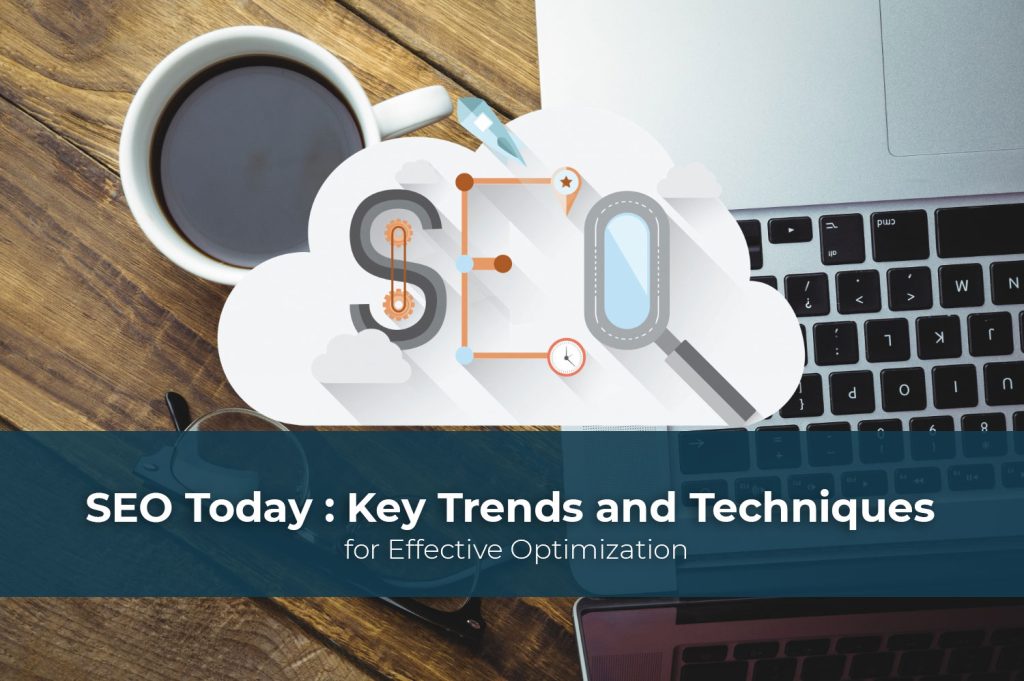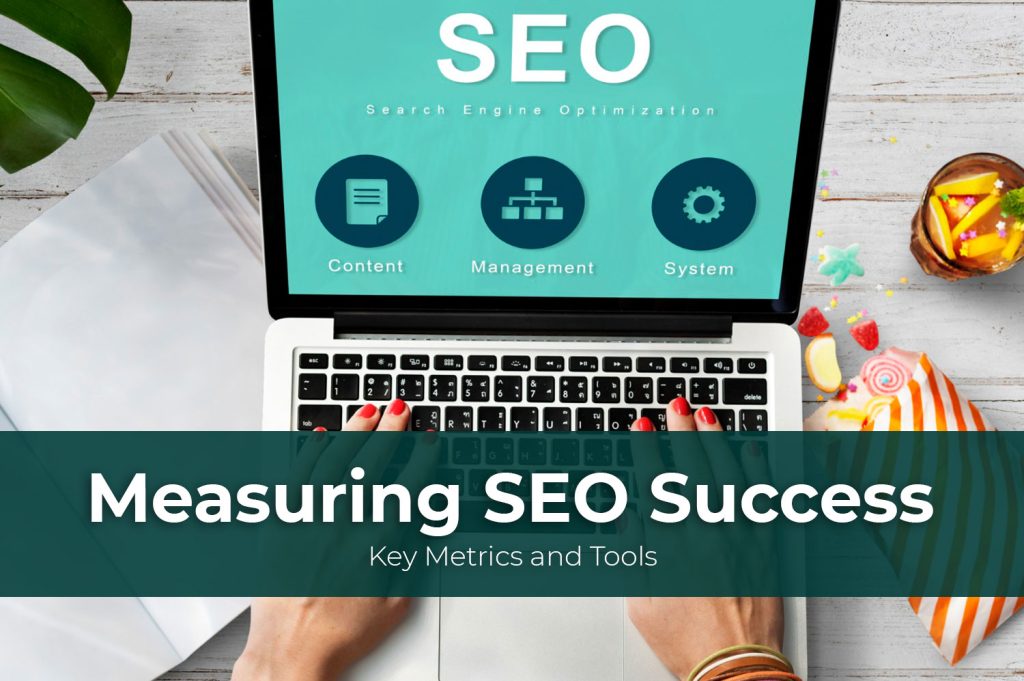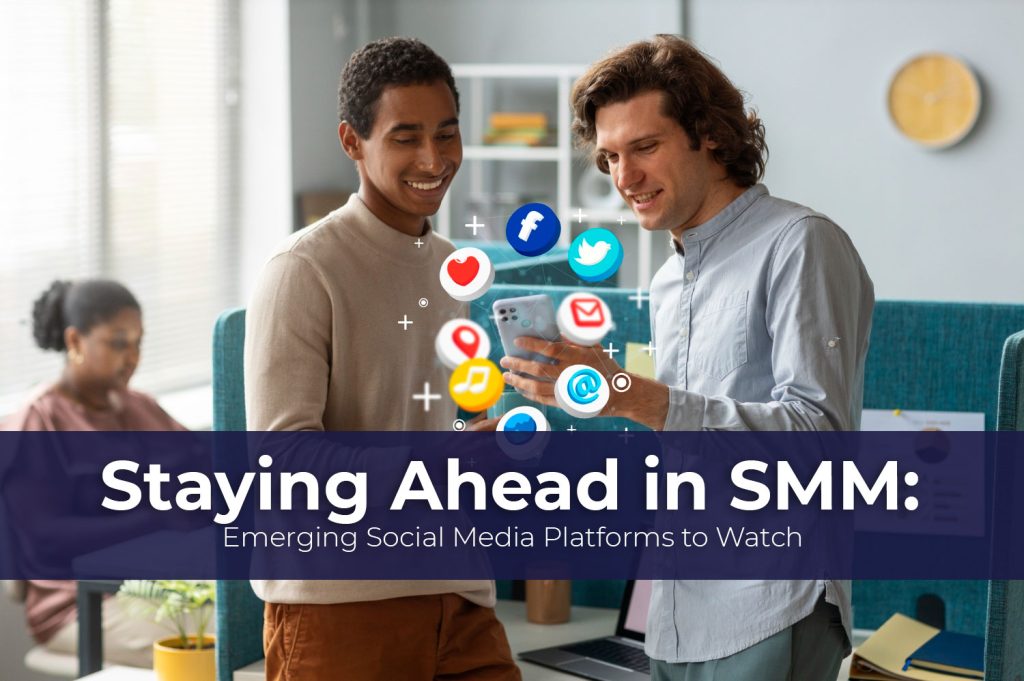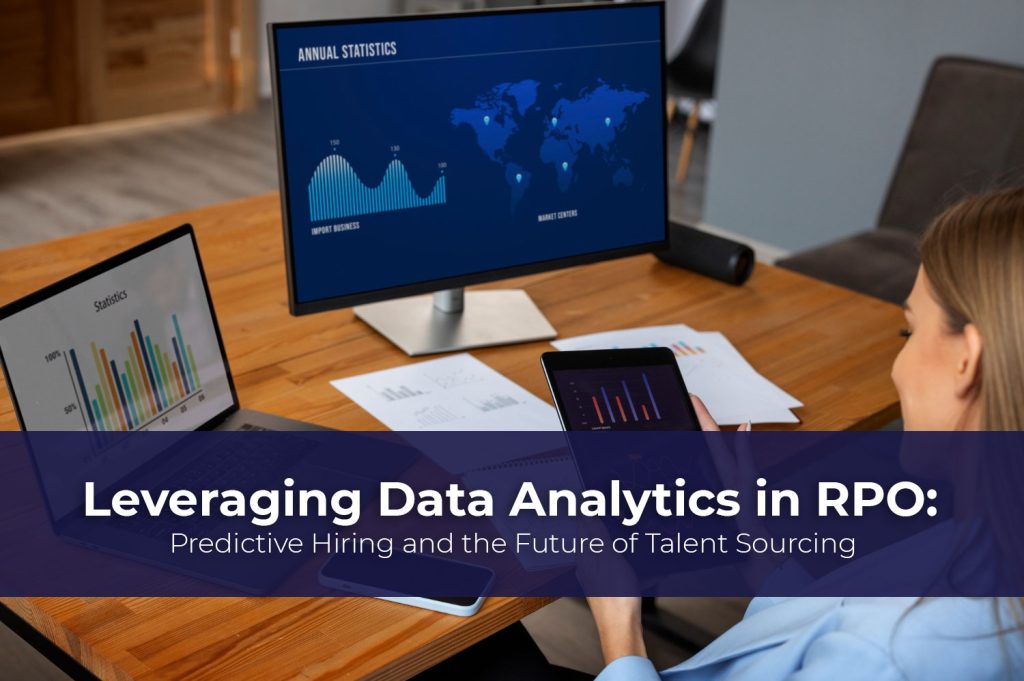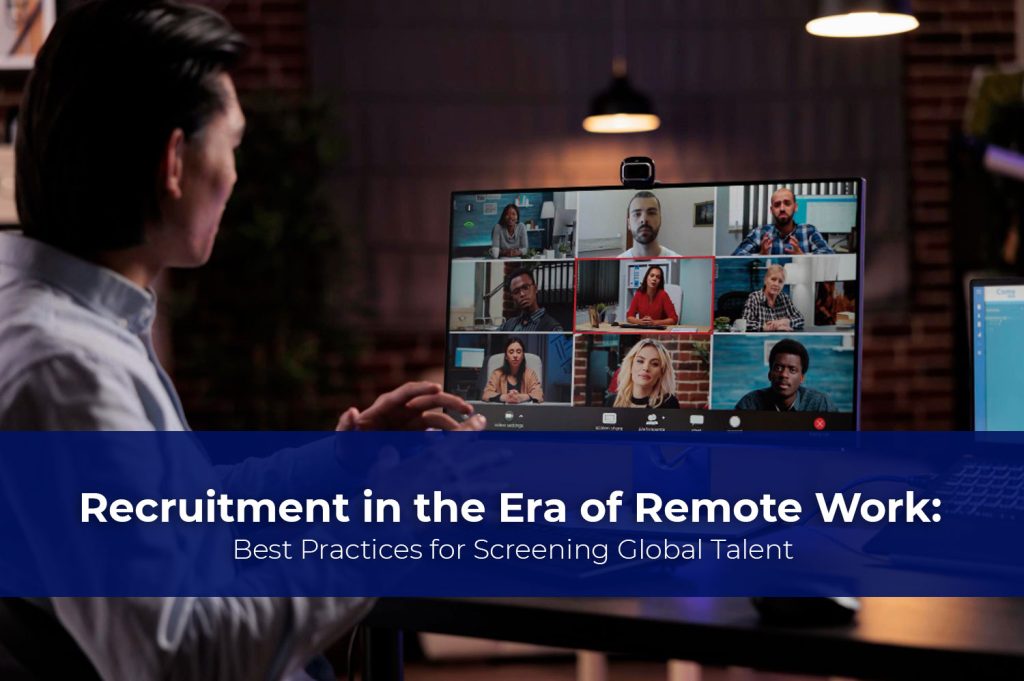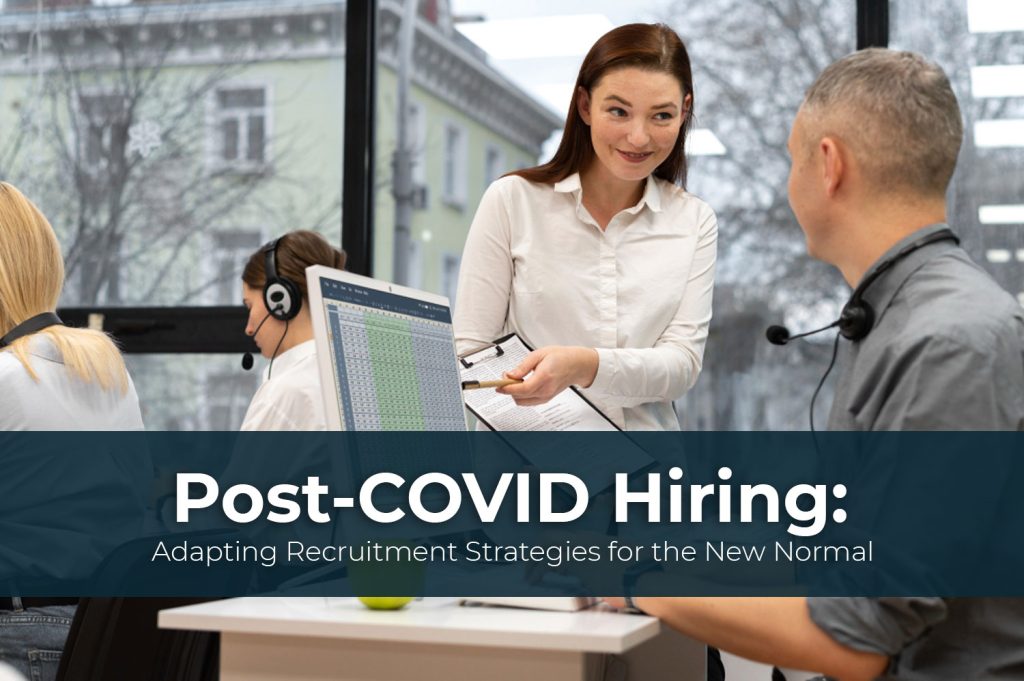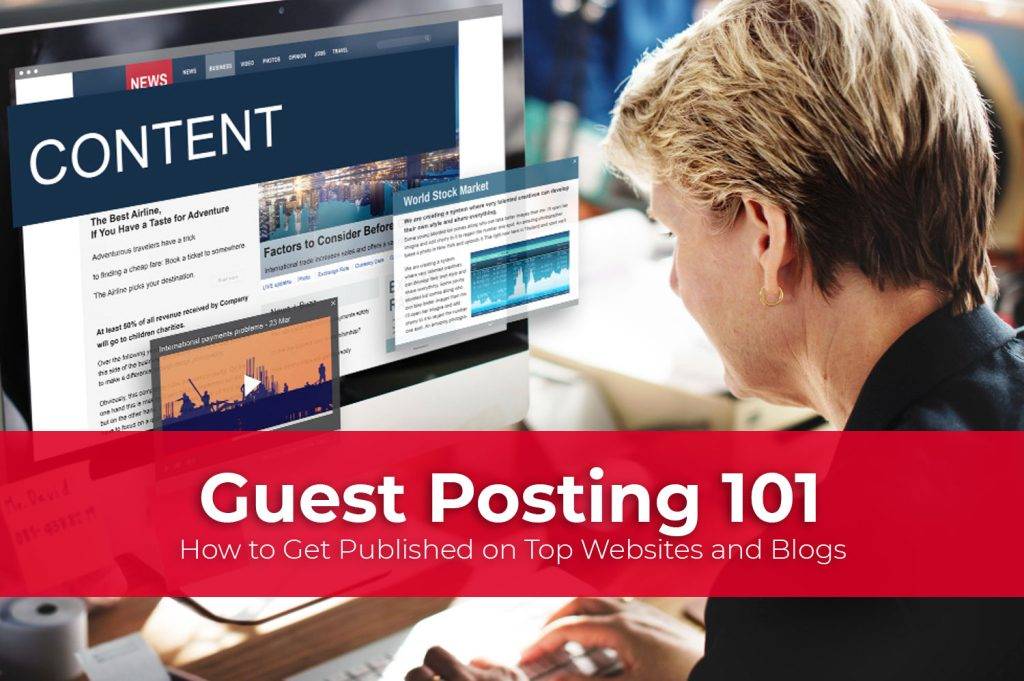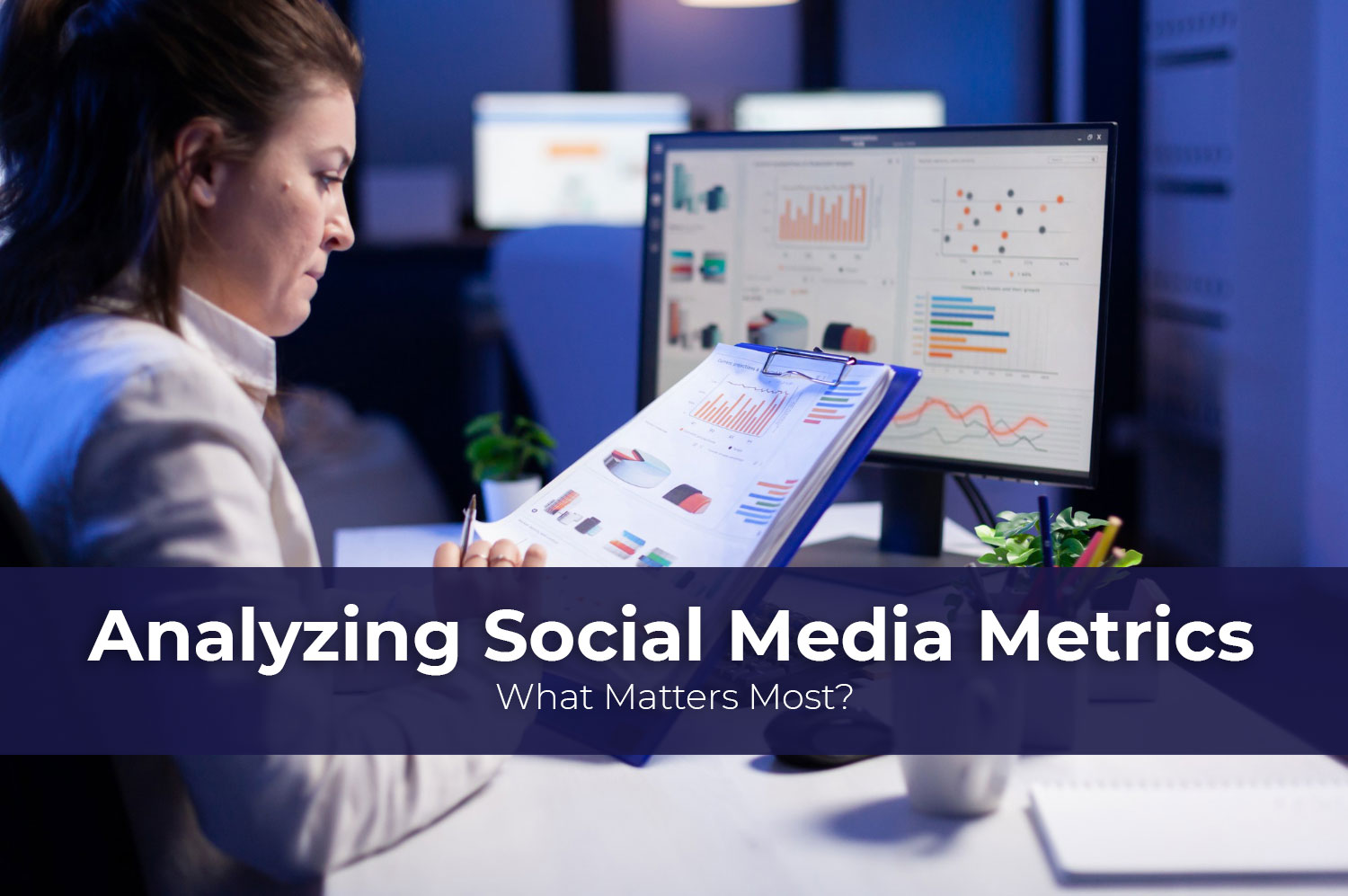
Table of Contents
ToggleIntroduction
1. Engagement: The Heartbeat of Social Media
Engagement metrics are pivotal in understanding how interactive your audience is with your content. High engagement rates are indicative of content that resonates with your audience, fostering a community around your brand.
- Likes, comments, shares, and saves: These are direct indicators of how your content is received.
- Engagement rate: Calculate by dividing the total engagement by the number of impressions or followers, then multiply by 100 to get a percentage.
- Time spent on content: Longer durations can indicate more captivating content.
- Click-through rate (CTR): Measures how often people click on the call-to-action link in your post.
- Reactions to content types: Understand which content format (videos, images, text) engages your audience the most.
Incorporating strategies from 8 Ways in Which an RPO Agencies Can Improve Your Candidates’ Experience can enhance engagement by making content more relatable and tailored to the audience’s needs.
Social listening involves monitoring social media channels for mentions of your brand, competitors, and the industry at large, providing insights into the broader market landscape.

2. Reach and Impressions: Scaling Your Audience
Reach and impressions give you an idea of the scale at which your content is being viewed. While closely related, they serve different purposes in measuring your content’s spread.
- Reach: The total number of unique users who have seen your post.
- Impressions: The total number of times your post has been seen, including repeated views by the same user.
- Organic vs. Paid Reach: Distinguishing between naturally gained audience and those acquired through paid promotions.
- Growth rate: Tracks how your reach expands over time.
- Viral reach: Measures how often your content is shared and seen by users outside your immediate followers.
Learn how to expand your reach effectively with insights from How to Boost Your Employee Retention Rate: An RPO Agency’s Insight, applying similar principles to keep your audience engaged and growing.
3. Follower Demographics: Knowing Your Audience
Understanding who your followers are can help tailor your content and messaging to better meet their preferences and needs.
- Age, gender, and location: Basic demographics can guide content personalization.
- Interests and behaviors: Insights into what your audience likes and how they behave online.
- Follower growth rate: Measures how quickly your follower base is expanding.
- Unfollows: Keeping an eye on unfollow rates can indicate if content is not resonating.
- Active times: Knowing when your audience is online can help optimize posting schedules.
Incorporate strategies from How an E-commerce Business Can Benefit from RPO Services to better align your social media efforts with audience expectations.
4. Content Performance: What Works and What Doesn't
Analyzing which types of content perform best can inform your content strategy and help allocate resources more effectively.
- Top-performing posts: Identify patterns in content that gains the most engagement.
- Content type analysis: Compare performance across videos, images, articles, and more.
- Engagement by content theme: See which topics resonate most with your audience.
- Post frequency and timing: Determine the optimal posting schedule for engagement.
- Conversion rate: Track how often content leads to a desired action, like signing up or making a purchase.
Leverage insights from Content Marketing Services to enhance your content’s appeal and effectiveness.
5. Conversion Metrics: From Engagement to Action
Understanding how social media drives actions that benefit your business is crucial for measuring ROI.
- Conversion rate: The percentage of users who take a desired action after interacting with your content.
- Click-through rate (CTR): A direct measure of how effectively your content encourages users to click on links.
- Cost per conversion: Especially important for paid campaigns, indicating the efficiency of your spending.
- Lead generation volume: The number of leads generated directly from social media activities.
- ROI of social media activities: Overall return on investment from social media, including brand awareness, lead generation, and customer conversion.
Adopt strategies from PPC Services to maximize your social media campaigns’ conversion potential.
6. Audience Sentiment: Beyond the Numbers
Audience sentiment analysis provides qualitative insights into how your brand is perceived online, which can be just as important as quantitative metrics.
- Positive vs. negative mentions: Gauge overall brand sentiment.
- Trend analysis: Understand how sentiment changes in response to specific campaigns or events.
- Influencer and advocate mentions: The impact of key individuals talking about your brand.
- Complaints and praises: Direct feedback on what your brand is doing right or wrong.
- Engagement with customer service: How effectively your social media handles customer inquiries and complaints.
Refer to Online Reputation Management Services for strategies on managing and improving your brand’s online sentiment.
7. Social Listening: The Bigger Picture
Social listening involves monitoring social media channels for mentions of your brand, competitors, and the industry at large, providing insights into the broader market landscape.
- Brand mentions: Keep track of how often your brand is mentioned across social platforms.
- Competitor analysis: Understand your position relative to competitors.
- Industry trends: Stay ahead by monitoring emerging trends and conversations.
- Customer feedback: Collect insights directly from consumer discussions.
- Opportunity identification: Identify gaps in the market or areas for expansion.
Explore comprehensive strategies in Digital Marketing Services to leverage social listening for competitive advantage
.8. ROI Measurement: Justifying Social Media Investment
Measuring the return on investment (ROI) from social media helps justify the resources allocated to it and guides future strategy adjustments.
- Cost analysis: Evaluate the total costs involved in social media marketing.
- Revenue attribution: Track how much revenue can be directly attributed to social media efforts.
- Lifetime value of customers acquired through social media: Understand the long-term value brought in by social strategies.
- Campaign performance comparison: Compare the ROI of different social media campaigns.
- Benchmarking: Measure your social media performance against industry standards or past performance.
For detailed strategies on maximizing ROI, consider SEO Services Toronto for integrating SEO with social media efforts for greater visibility and conversion.

Measuring the return on investment (ROI) from social media helps justify the resources allocated to it and guides future strategy adjustments
9. Traffic Generation: Driving Users to Your Site
Social media can be a powerful tool for increasing website traffic, a critical step towards conversion.
- Referral traffic: The volume of visitors coming to your site from social media.
- Bounce rate: The percentage of visitors who leave your site after viewing only one page, indicating the relevance and quality of your content.
- Pages per session: How many pages visitors view on average, a measure of engagement with your site.
- Session duration: The average length of a visit, indicating how compelling your content is.
- Conversion from social media traffic: Tracking how social media referrals contribute to overall conversion goals.
For insights on driving and converting traffic, Web Services offers strategies for optimizing your website for social media referrals.
10. Innovation and Experimentation: The Future of Social Media Metrics
As social media platforms evolve, so do the metrics and strategies for measuring success. Staying ahead requires a commitment to innovation and experimentation.
- Emerging platforms: Keep an eye on new social media platforms and their unique metrics.
- Algorithm changes: Stay updated on how platform algorithm changes might affect metric tracking.
- Interactive content: Explore new content formats like AR/VR, interactive polls, and quizzes.
- User-generated content: Leverage content created by your audience as a metric for brand engagement and loyalty.
- Predictive analytics: Use advanced analytics to forecast future trends and prepare strategies accordingly.
Embrace new trends and technologies as outlined in Digital Marketing Strategy for Restaurants, applying innovative approaches to your social media strategy.







